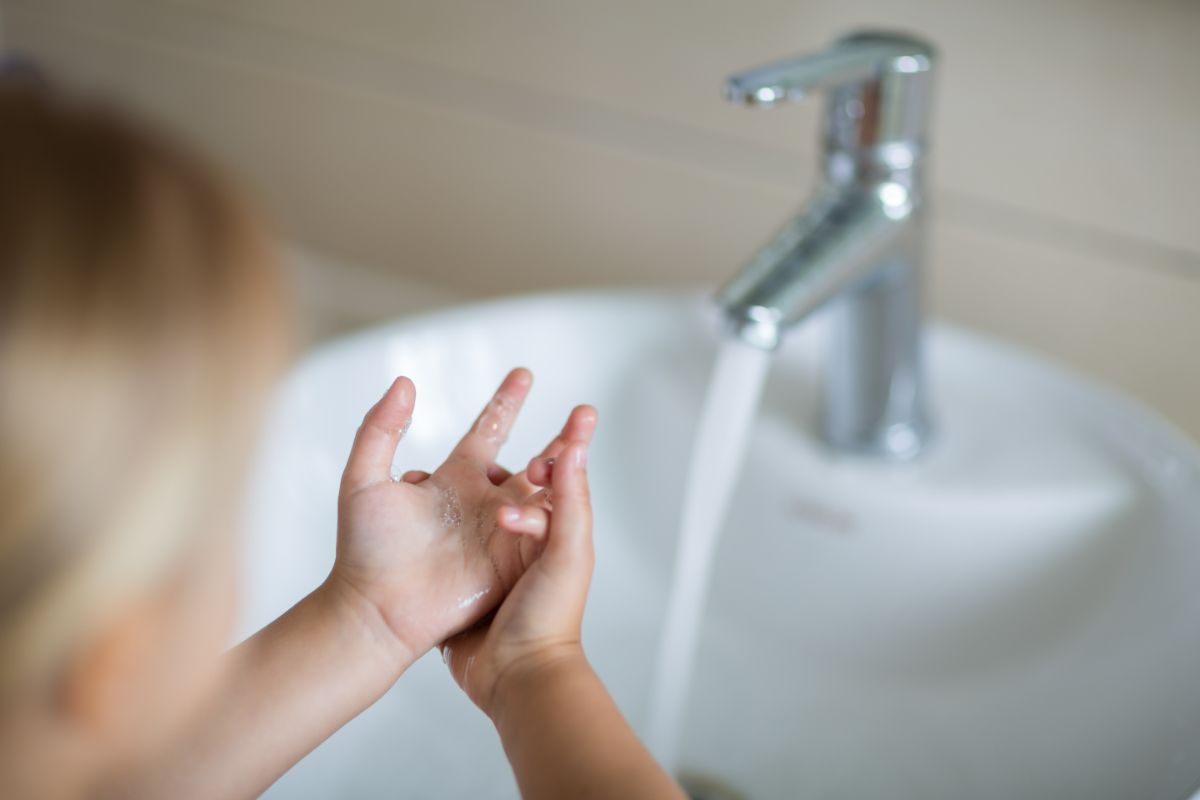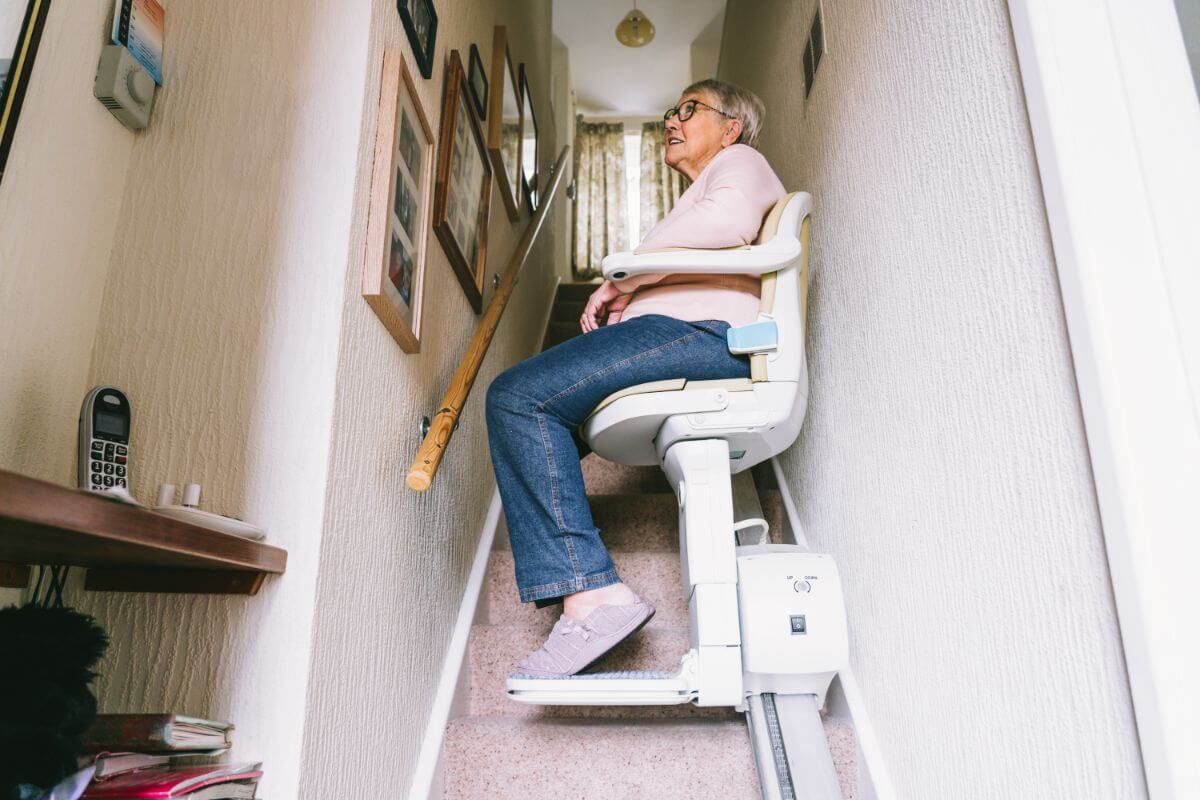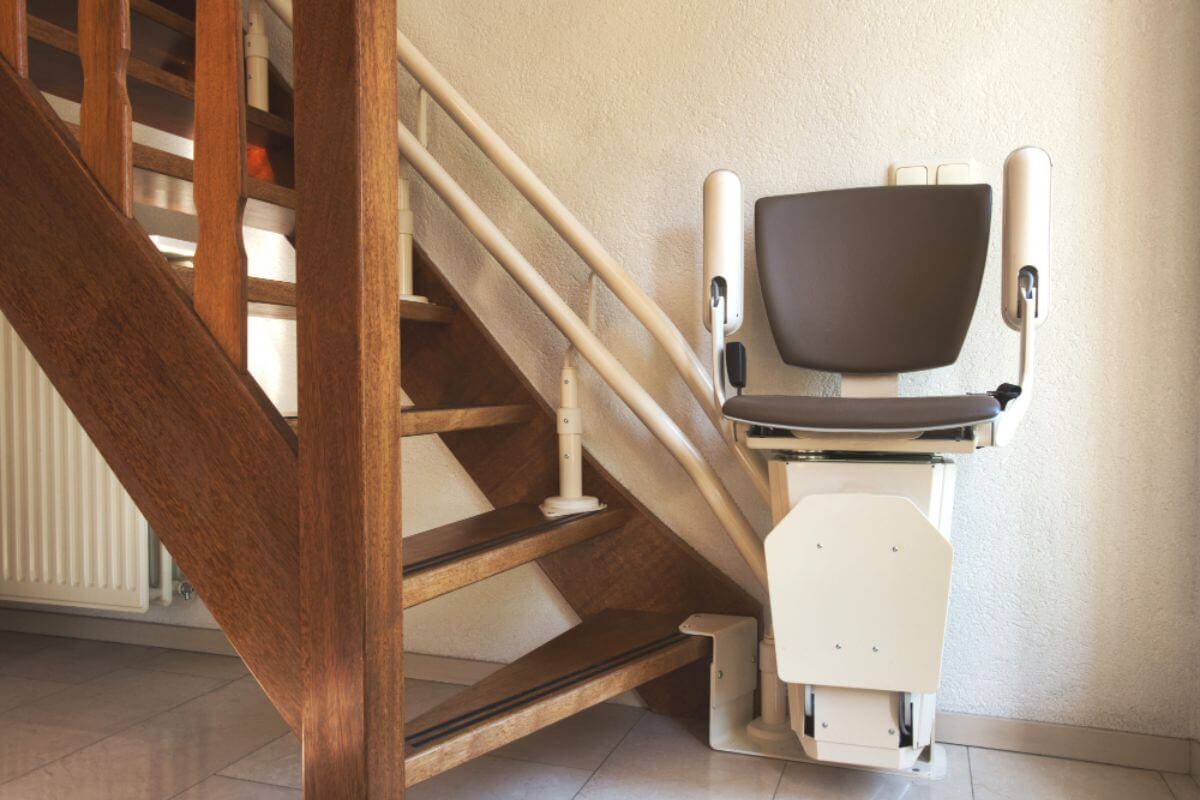How to Keep Your Bathroom Safe for Your Kids

How do you make your bathroom safe for your kids?
- Childproofing essentials
- Bath and shower safety
- Electrical safety
- Design safety with accessibility
The bathroom can be an intriguing place for children, filled with unfamiliar objects and unique sensory experiences. However, it can also pose serious hazards to your little ones. As such, it’s crucial to create a kid-friendly environment that can withstand their curious nature while also considering their safety. Here are some ways how to keep bathrooms safe for kids.
Childproofing Essentials
It’s no secret that children are naturally curious, and this attribute often leads them to explore different areas of their home, including the bathroom.
One of the essential safety measures is to secure your cabinets and drawers. These items can include cleaning chemicals, medicines, sharp items like scissors or razors, and even small objects that can be a choking hazard. By installing safety latches, it prevents easy access to these potential hazards, especially in unsupervised situations. Safety latches are designed to be easy for adults to open but challenging for children, adding a layer of security in the bathroom.
Another potential hazard in the bathroom is the toilet. An open toilet lid can seem like an invitation for adventure to a small child. As a preventive measure, it’s essential to install toilet lid locks. These are designed to securely close the toilet lid, making it child-proof. They’re straightforward for adults to open but provide enough of a challenge to keep small children safe.
Just remember, such locks aren’t a replacement for active supervision but serve as an additional security measure.
Bath and Shower Safety
Bath time can be fun for kids especially when playing with soapy bubbles, but it’s a treasure trove for accidents as well. Here are some of our best tips to promote bath and shower safety:
- Inspired by making accessible bathrooms in Canada, one can effectively implement a ‘tub cut’. Tub cuts modify the structure by lowering a section of the tub wall, consequently easing your child’s entry and exit from the shower. This proactive change significantly minimizes the risks of slips and falls.
- Using non-slip mats both inside and outside the tub can provide an extra layer of protection.
- Consider having grab bars installed. These can offer added support during showers and general mobility within the bathroom, serving to further prevent slips.
- Controlling water temperature is equally essential in maintaining safety and avoiding scalds. A maximum safe temperature for a child’s bath lies around 37-38 degrees Celsius (or 100 degrees Fahrenheit). To automate this process and ensure consistent safety, installing anti-scald devices can beneficially regulate bath temperature.
Electrical Safety
The interplay between electrical appliances and water is a potentially dangerous territory, particularly for children. Unlike adults, kids may not understand the risks associated with mixing the two.
One of the fundamental ways of managing this risk is always to unplug electrical appliances after use and store them securely out of children’s reach. This not only safeguards children from accidental direct contact with the appliances but also eliminates the risk of them accidentally dropping these appliances into water sources.
Furthering the cause of electrical safety, consider installing Ground Fault Circuit Interrupters (GFCIs) in your bathroom. GFCIs are a specific type of electrical outlet designed to protect against electric shocks. If it detects an imbalance, like a break in the circuit or an active electrical device unexpectedly comes into contact with water, it quickly cuts off the power. This can effectively reduce electrical hazards, adding to the peace of mind of knowing that this personal space is safer for your family, especially your children.
Designing Safety with Accessibility
When designing your bathroom to be kid-friendly, it is important not only to consider safety enhancements but also to focus on ensuring access and ease of use for our younger family members.
Take, for example, the concept of a roll-in shower. Traditional bathtubs or tall shower bases could be challenging for kids, especially smaller children. Adapting a roll-in shower provides a step-free entry, reducing chances of trips and falls while also catering to future needs as an empathetic solution for wheelchair users.
Furthermore, using lever-handled faucets can be more manageable for little hands that struggle to grip and turn traditional faucet knobs. By adopting these features, we make bathroom facilities more navigable and less intimidating for children, fostering independence in their bathroom routines.
Key Takeaway
This helpful guide on how to keep bathrooms safe for kids can provide an environment that is not only safe for your children but also enhances their independence. Remember, adequate supervision is the key to ensuring your bathroom is a safe place for your little ones.
Beyond safety for children, adopting these guidelines also ensures a bathroom layout that suits all household members, including the elderly, individuals with mobility limitations, or even family members recovering from injuries, making your bathroom universally accessible.
Ready to transform your bathroom into a safe and accessible haven for everyone? Home2stay is your ideal partner in this journey. Don’t wait! Contact us today and let’s begin creating a bathroom that truly caters to all.




Leave a Comment
We'd Love to Hear Your Thoughts Got something to say? We're all ears! Leave your comments below and let us know what you think. Your feedback helps us improve and serve you better. Can't wait to hear from you!